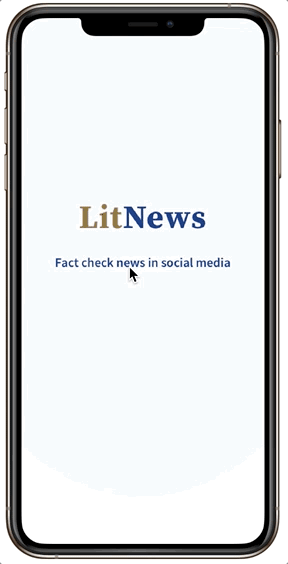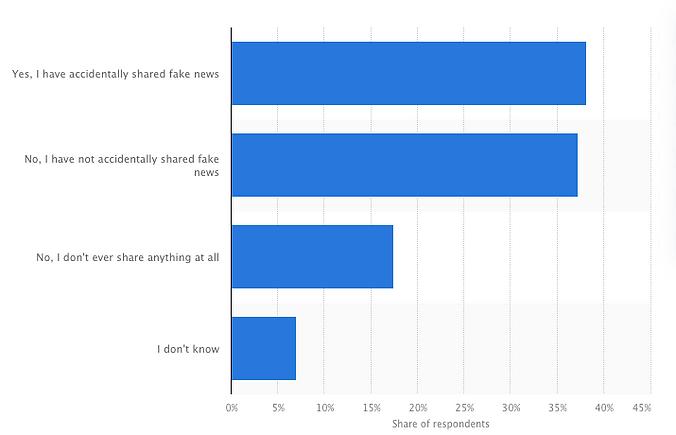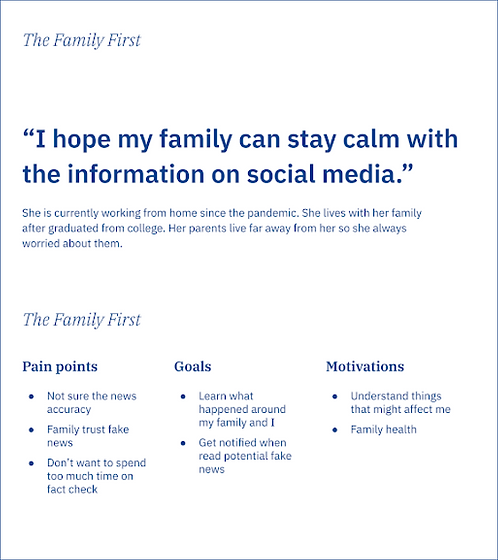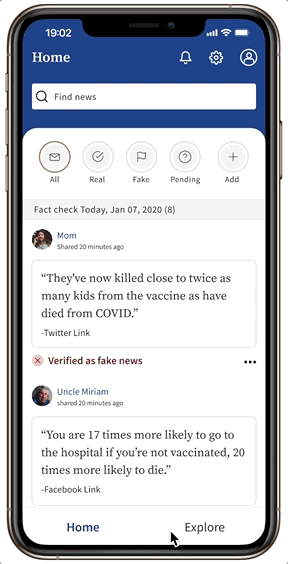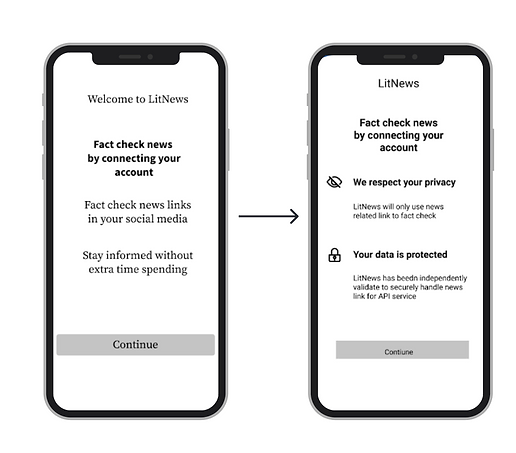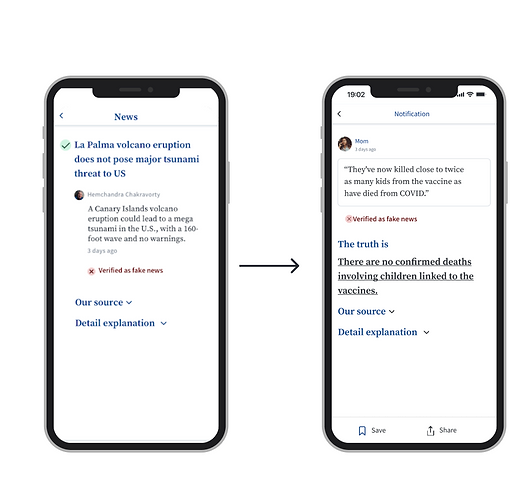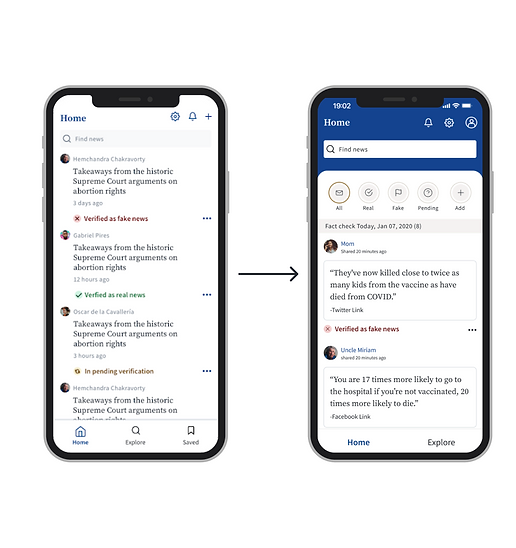Solution
Research
Most US Adults Experience and Partake in Fake News
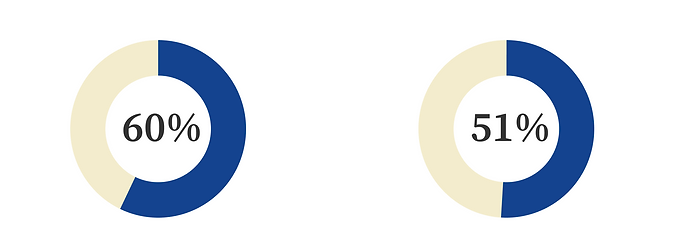
Conducted a systematic investigation to understand existing research efforts and identify knowledge gaps. This helped design screen surveys to find the target audience for participant user interviews and testing.
60% of US adults who prefer getting news through social media said they had shared false information (PEW Research Center).
More than half of US adults encounter fake news at least once a day (Institute for Public Relations).
Over half of survey participants have been involved in fake news.
Survey and Interview:
After confirming assumptions through desk research and surveys, selected 6 participants from 50+ survey responses based on their news reading habits for deeper insights.
Focus Areas:
How do people experience news online?How do people experience and react to fake news?
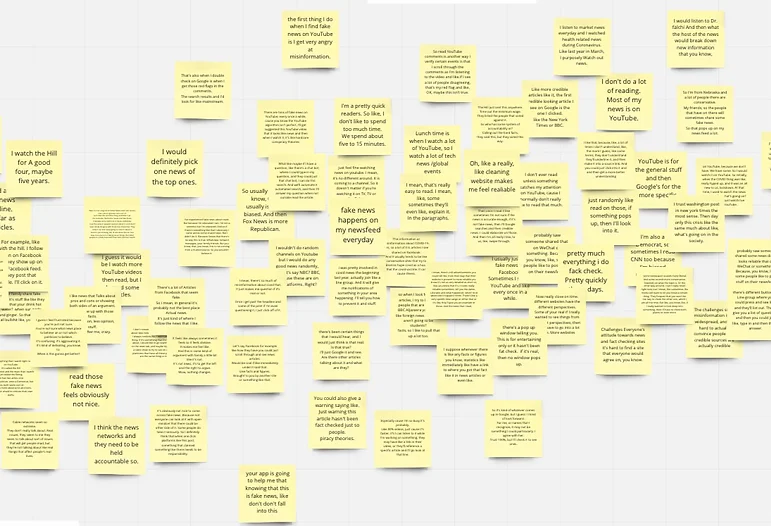
Affinity Diagram Findings:
Three key patterns emerged:
News with Sources:“My family and friends often share news with me on social media. I would get a better understanding if the news included their source.”
News Affecting Themselves:“I’m tired of reading news every day because nothing changes. I just want to know what really affects me now.”
Time Concern:“I want to be able to get answers quickly because I have no time.”
How Might We:
Make it easier for people to tell if they’ve read fake news on social media.
Keep users informed about current affairs that really affect their lives.
Provide fact-checking in a fast, safe, and trustworthy medium.
